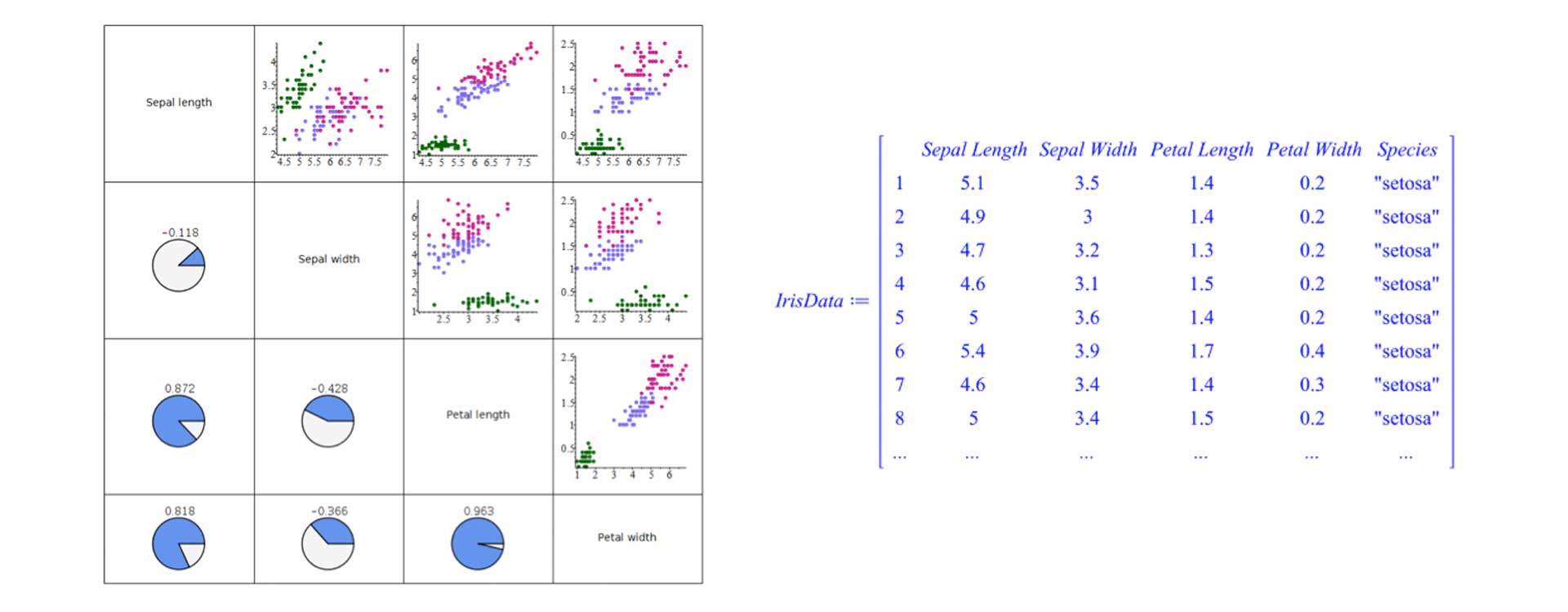Command-Driven Interactions
Not everyone likes to click, and not every possible Maple operation is available using a Clickable Math approach. Here are some of the improvements for those situations when you want to talk to Maple one command at a time.
Maple 2018: Using Units
Most computations in science and engineering, and many applications, are done using quantities that have units associated with them. Maple has many tools to help you keep track of your units and avoid the problems that come from getting them wrong. While not all mistakes are as costly as losing a $125 million space probe, it’s still better to avoid them! Maple 2018 provides substantial improvements to unit support in Maple, with even deeper integration of units with the Maple computation engine.
In particular, more top level computation functions can now accept expressions involving units as arguments, and return results that include in the appropriate unit information:
- Solve equations numerically or symbolically (fsolve, solve)
- Solve optimization problems using a variety of solvers (Optimization package)
- Solve integrals numerically or symbolically (int)

And if you don’t mind a little clicking – the units formatting dialog has been redesigned and moved to the context panel, so it can be accessed more easily, and fewer mouse clicks are required for each unit change. Unit and numeric formatting can now be done much more efficiently through the context panel rather than by navigating through two different dialogs.
Maple 2017: Making Assumptions
The assumption facility allows you to ask Maple to perform computations while assuming certain conditions hold, such as 'x is real and positive', or 'a < b'. It also enables you to ask questions about what properties are true, or could be true, given your assumptions. In Maple 2017, this facility was enhanced to expand its power and scope, including better handling of multiple or complicated assumptions and new functional properties, such as assuming | x | < 1.
Maple 2016: Organizing Data
Flexible and intuitive data containers help you organize and analyze labeled heterogeneous data, making them highly suitable for analyzing real-world data, or any application where you need to deal with related information that spans different data types. These fundamental data structures introduced in Maple 2016 can be used for any kind of statistical or observational data, and support the organization of heterogeneous data that spans multiple data types, such as strings, integers, and floats. They include column and row labels that make it easier to index and select subsets of data as well as providing useful meta-information for data visualizations.

Overview
Just Tell Me About the Math
Point-and-Click Problem Solving
Command-Driven Problem Solving
Algorithm Development
Application Development
Education
Staff Favorites


